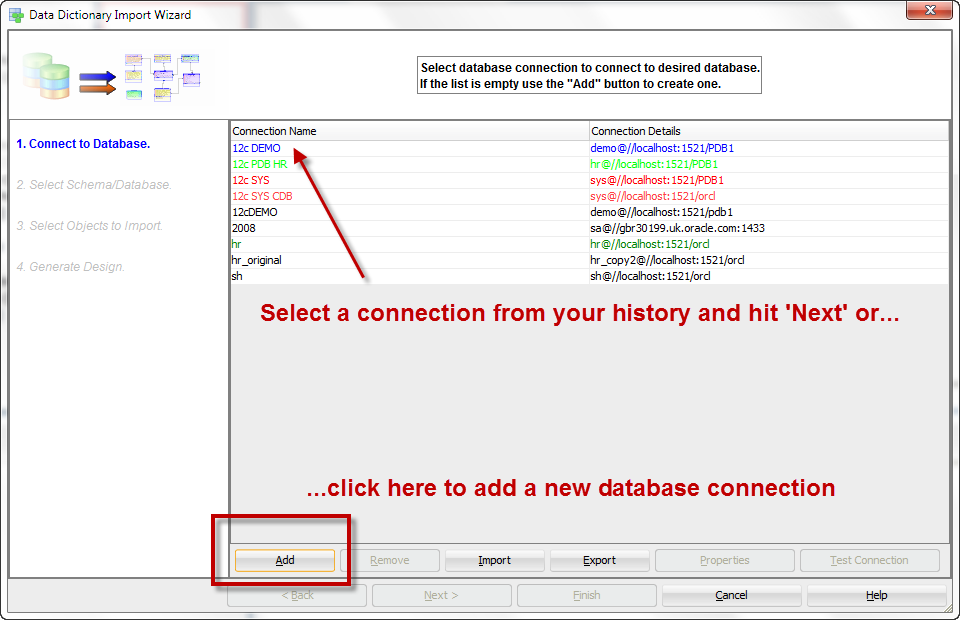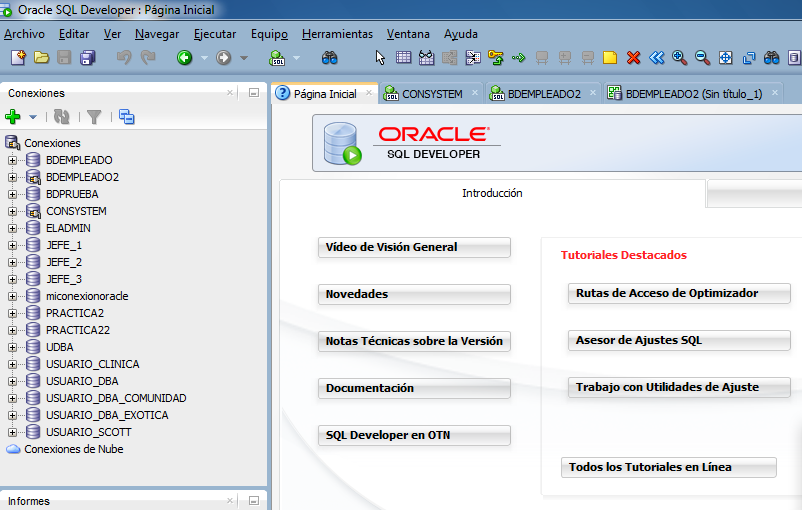

Hopefully, we would have a clear & standardized definition for 6th Normal Form in the near future…Ī view is a virtual table which consists of a subset of data contained in a table. If no database table instance contains two or more, independent and multivalued data describing the relevant entity, then it is in 4 th Normal Form.Ī table is in 5th Normal Form only if it is in 4NF and it cannot be decomposed into any number of smaller tables without loss of data.Ħth Normal Form is not standardized, yet however, it is being discussed by database experts for some time. Removing the columns which are not dependent on primary key constraints. This should meet all requirements of 2NF. Placing the subsets of data in separate tables and Creation of relationships between the tables using primary keys. Meeting all requirements of the first normal form. Creation of tables for the related data and identification of unique columns. This should remove all the duplicate columns from the table. The normal forms can be divided into 6 forms, and they are explained below. What are all the different normalizations?ĭatabase Normalization can be easily understood with the help of a case study. It is also process of introducing redundancy into a table by incorporating data from the related tables.ġ3. The main aim of Normalization is to add, delete or modify field that can be made in a single table.ĭeNormalization is a technique used to access the data from higher to lower normal forms of database. Normalization is the process of minimizing redundancy and dependency by organizing fields and table of a database. This means, it returns all the rows from the left hand side table and all the rows from the right hand side table. Simply, it returns all the rows from Left hand side table even though there are no matches in the Right hand side table.įull join return rows when there are matching rows in any one of the tables.

Left join return rows which are common between the tables and all rows of Left hand side table. Simply, it returns all the rows from the right hand side table even though there are no matches in the left hand side table. Right join return rows which are common between the tables and all rows of Right hand side table. Inner join return rows when there is at least one match of rows between the tables. There are various types of join which can be used to retrieve data and it depends on the relationship between tables. What are the types of join and explain each? Keys play a major role when JOINs are used.ġ0. This is a keyword used to query data from more tables based on the relationship between the fields of the tables. Relationship needs to be created between two tables by referencing foreign key with the primary key of another table. There can be many unique constraint defined per table, but only one Primary key constraint defined per table.Ī foreign key is one table which can be related to the primary key of another table. This provides uniqueness for the column or set of columns.Ī Primary key constraint has automatic unique constraint defined on it. It means, Primary key values cannot be NULL.Ī Unique key constraint uniquely identified each record in the database. This is a special kind of unique key, and it has implicit NOT NULL constraint. A table has specified number of column called fields but can have any number of rows which is called record.Ī primary key is a combination of fields which uniquely specify a row. Columns can be categorized as vertical, and Rows are horizontal. This is also known as structured form of data which can be accessed in many ways.Įxample: School Management Database, Bank Management Database.Ī table is a set of data that are organized in a model with Columns and Rows.

Create and deploy high-performance enterprise databases on any platform using the expert tips and best practices in this Oracle Press book.Database is nothing but an organized form of data for easy access, storing, retrieval and managing of data. Oracle SQL Developer Data Modeler for Database Design Mastery covers requirement analysis, conceptual, logical, and physical design, data warehousing, reporting, and more.
ORACLE SQL DEVELOPER DATA MODELER FREE
In this practical guide, Oracle ACE Director Heli Helskyaho explains the process of database design using Oracle SQL Developer Data Modeler-the powerful, free tool that flawlessly supports Oracle and other database environments, including Microsoft SQL Server and IBM DB2. Publisher's Note: Products purchased from Third Party sellers are not guaranteed by the publisher for quality, authenticity, or access to any online entitlements included with the product.ĭesign Databases with Oracle SQL Developer Data Modeler


 0 kommentar(er)
0 kommentar(er)
